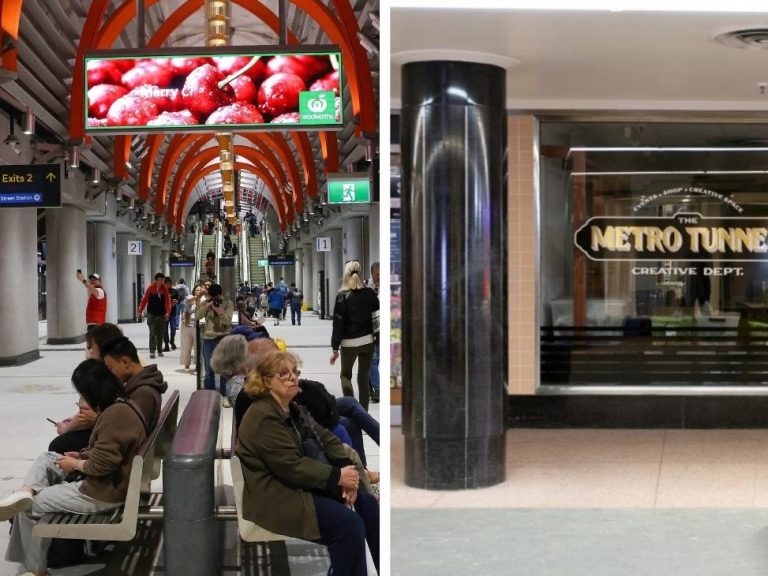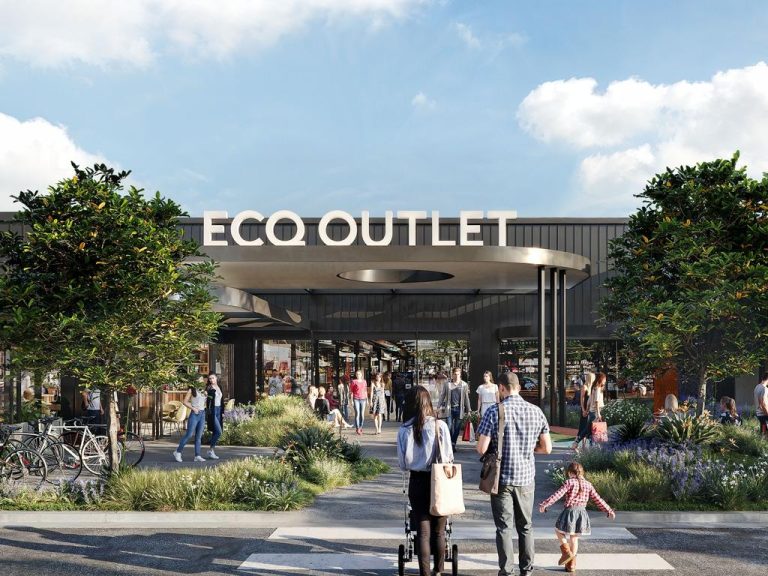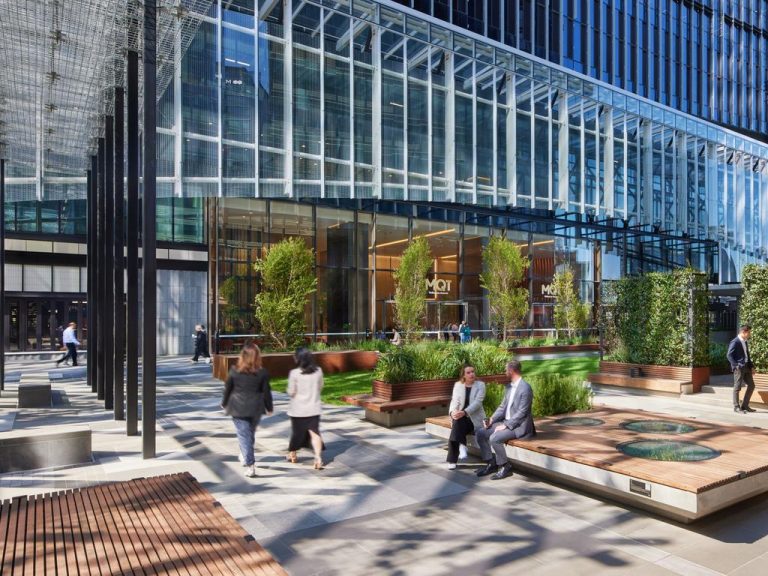Commercial property now a hot topic of conversation since COVID-19

While offices and shopping centres were empty of people due to coronavirus restrictions, interest in commercial property boomed, as the power dynamic shifted between tenants and landlords.
Data from realtime media monitoring provider Streem shows reporting about commercial property has increased since March when many Australians started working from home amid more stringent coronavirus measures.
“We’re seeing huge disruptions to the way people work, and part of that is where they work, be that in an office or be that in a retail store or other places,” Streem media analyst Conal Hanna said.
“The property side of that is certainly a significant part of the conversation: empty office blocks in cities and empty shopping centres, and for the owners of those buildings that has very real-world ramifications.”
Streem’s data showed the overall volume of Australian reporting about commercial real estate increased by almost 50% between March and August this year, compared to the previous six months.
Most of the focus has been on landlords and tenants. Media stories mentioning commercial landlords tripled to more than 800 mentions, while the number of mentions about tenants doubled to 1200.
The two commercial sectors hit hardest by COVID – retail and offices – also featured prominently. Coverage of the office market rose by 27% to 1580 mentions, while retail was up 54% to 1017 mentions.
Power shifts towards tenants
REA Group chief economist Nerida Conisbee said much of the media interest has been driven by the relationship between commercial landlords and tenants, particularly in terms of negotiating leases in shopping centres and several retailers closing their doors.
Australian governments in March agreed to impose a six-month moratorium on evictions for commercial and residential tenancies in financial distress due to the impact of coronavirus. States such as Victoria have extended the bans.
Ms Conisbee said the pandemic and associated measures have led to a shift in power towards tenants.
“In residential, it is definitely a tenants’ market, which I’ve never seen in my life.
“It is similarly the case with commercial. Typically the landlord is the boss and controls the terms, but at the moment it’s definitely a switch and it is the tenant that is having the upper hand in terms of negotiations.”
The future of offices with the return to work
While a big focus has been the pandemic’s impact on retail, Ms Conisbee expects the conversation will shift to the office market as companies consider their needs once staff get back into workplaces.
“It’s definitely not the end of the office,” she said.
However, companies will be reassessing their office space requirements going forward, Ms Conisbee added.
“Although the official office vacancy rate is still quite low, the reality is that a lot of people won’t be returning to work in the same way as they have prior to COVID.
“As a result, space requirements by companies will change quite dramatically.”
Ms Conisbee expects vacancy rates will rapidly rise for both office spaces and shopping centres.
“But I don’t think we’ll see a comparative drop in values.
“Even if there is a significant hit on rental levels, I think there would be a view that commercial property is still relatively stable compared to many other investment sectors.”
Interest in commercial property to continue
Mr Hanna said the trend towards more conversation about commercial property will likely continue for some time.
“People are still figuring out the best way to work alongside this virus,” he said.
“Victoria is still in lockdown, but even in Sydney and other places, they’re still figuring out the best way to operate their offices and their workplaces.
“I don’t think anyone yet knows where that will land between now and whenever a vaccine may hopefully be developed.”








